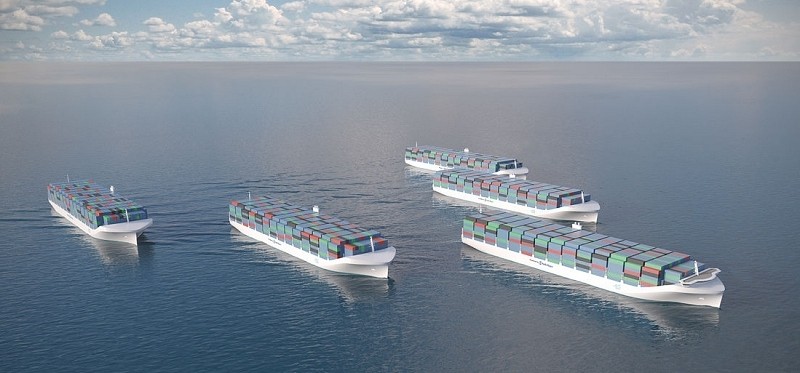Moving cargo across the world's oceans is a $375 billion industry. Around 90 percent of world trade takes place over water but it's an extremely dangerous venture (Somali pirates, anyone?). Rolls-Royce, however, thinks they have a solution to the safety issue - automated container ships.
Marine accounts for about 16 percent of the company's revenue so there's plenty incentive to develop ships that can be operated remotely. And by removing the bridge structure where the crew would live as well as creature comforts like electricity, air conditioning, sewage and water, the company could fit more containers on a ship - a move that would cut costs and simultaneously boost revenue.
It seems like a win/win but naturally, there are plenty of skeptics. According to industry accounting and consulting firm Moore Stephens LLP, it costs roughly $3,299 to support a crew each day at sea. That's around 44 percent of total operating expenses for a large container ship.
That's just not enough money to justify what it would cost to make unmanned ships safe according to Tor Svensen, chief executive officer of maritime for DNV GL, a company that issues safety certificates to ships of this nature. What's more, international conventions currently prohibit unmanned ships by way of minimum crew requirements.
The union that represents the majority of the world's seafarers is against the idea, too. Dave Heindel, chairman of the ITF's seafarers' section in London, said an unmanned vessel could never replace the eyes, ears and thought process of professional seafarers. Nevermind the fact that human error has caused most maritime accidents.
Rolls-Royce has set up a virtual reality prototype in Norway to simulate what it might be like aboard an unmanned ship. The company is the first to admit, however, that regulatory hurdles and industry skepticism will no doubt slow global adoption.
